Fire Safety
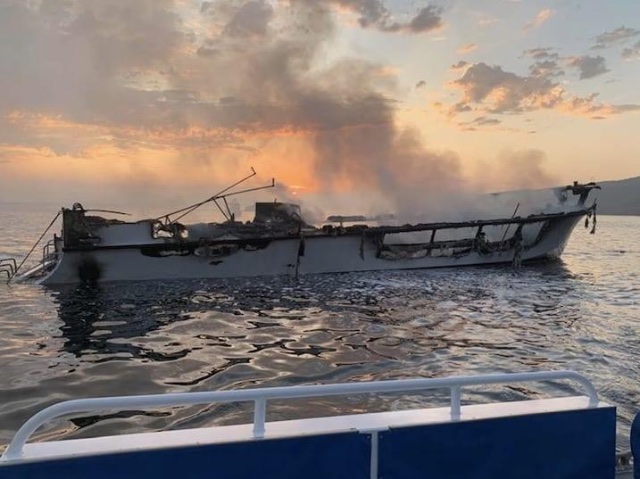
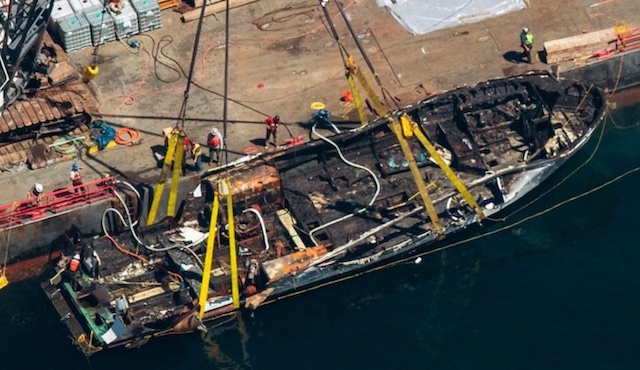
The tragic boat after the fatal accident where 34 divers lost their lives in 2019 outside California.
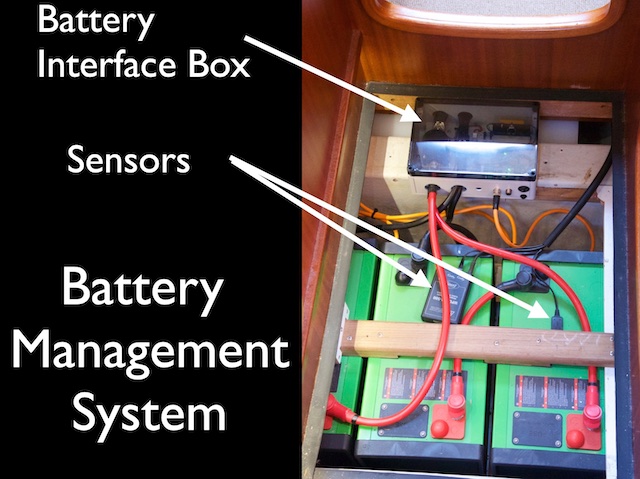
The NTSB report drew 18 conclusions, the following of which are considered worthy of note. Therefore I would like to check these against Regina Laska’s fire safety management system.
- Although a definitive ignition source cannot be determined, the most likely ignition sources include the electrical distribution system of the vessel, unattended batteries being charged, improperly discarded smoking materials, or another undetermined ignition source.
Smoking is not permitted on Regina Laska, so this source of fire can luckily be excluded. The power system is rather new and has been refitted and is regularly inspected.
What I will take from this point and change on Regina Laska is, however, to discourage unattended charging of cellphones, computers etc during night.
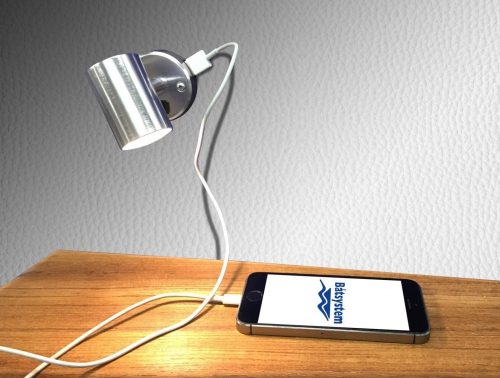
In future: please only charge your phones during daytime or when attending the charging on Regina Laska.
- Although the arrangement of detectors aboard Conception met regulatory requirements, the lack of smoke detectors in the saloon delayed detection and allowed for the growth of the fire, precluded firefighting and evacuation efforts, and directly led to the high number of fatalities in the accident.
Regina Laska has four smoke detectors, one in each cabin plus in the main salon. In addition, Regina Laska has a dedicated separate fire detector system in the engine room. This is clearly surpassing the MCIA regulations, but I do want to offer maximum safety when sailing on Regina Laska. I have always considered fire safety as highly important and Regina Laska’s fire safety management system was designed back in 2013 during the major refit. It has been continuously upgraded, e.g. with new type of AVD fire extinguishers for Lithium fires (brand name: “LithEx”) and Dräger gas mask by to fight the fire.
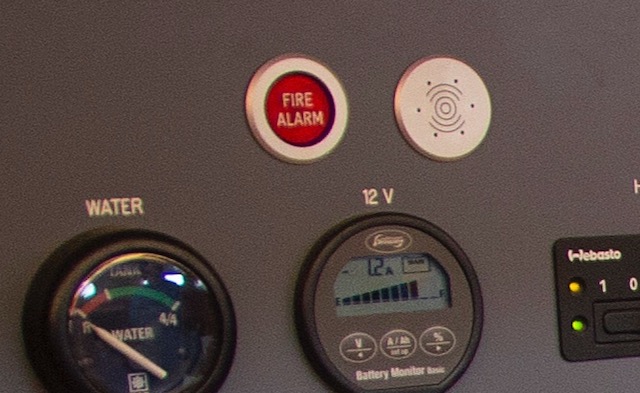
Fire alarm system on Regina Laska
- The absence of the required roving patrol on Conception delayed detection and allowed for the growth of the fire, precluded firefighting and evacuation efforts, and directly led to the high number of fatalities in the accident.
On larger ships carrying more than 12 passengers there needs to be a night watch. On smaller yachts like Regina Laska there doesn’t need to be a human anchor watch. I think that a roving patrol would be exaggerated on a small yacht, provided that well-working and regularly tested alarms for smoke, dragging, CO, CO2, Propane/Butane gas etc will wake up the crew early and escape routes are unobstructed.
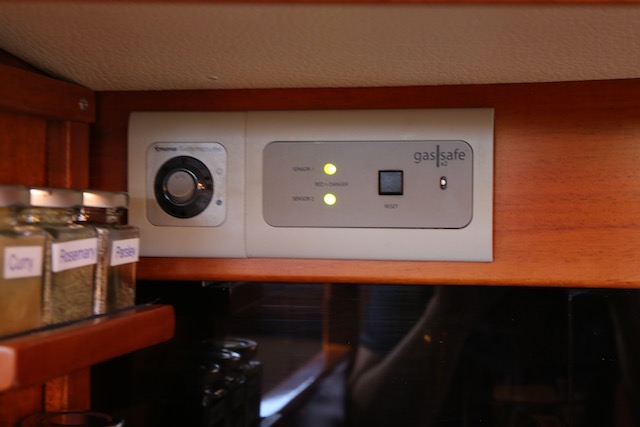
Gas alarm on Regina Laska with remote solenoid.
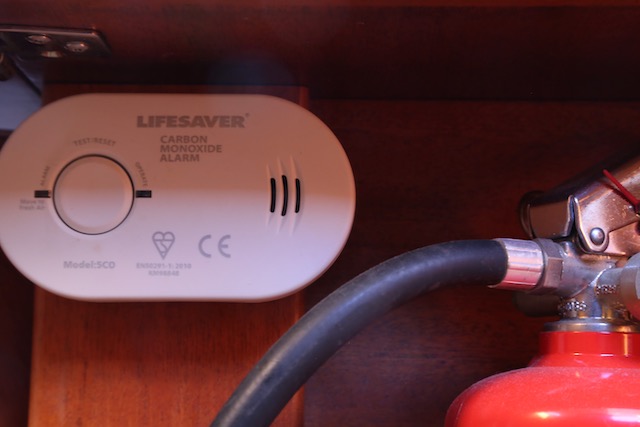
CO-and CO2 alarm on Regina Laska next to one of the eight fire extinguishers onboard.
- Conception’s bunkroom emergency escape arrangements were inadequate because both means of escape led to the same space, which was obstructed by a well-developed fire.
- Although designed in accordance with the applicable regulations, the effectiveness of Conception’s bunkroom escape hatch as a means of escape was diminished by the location of bunks immediately under the hatch.
This is, in my view, the most important lesson learnt. I have always been a great fan of having two escape routes from each cabin. Commercially operated vessels should provide this, but not many charter boats do offer an escape route from, for instance, the stern cabins on both sides of the engine room. The only escape here would be passing the engine, which, per se, is a potential place to start a fire.
Further, I do not carry a dinghy on deck, obstructing the deck hatches. Many boats cary a dinghy on foredeck, blocking the escape route forward.
On Regina Laska, each cabin has an escape route through a hatch leading directly to deck from where one can get into the life raft, or, in the worst case of a fire, throw oneself into the sea.
Whenever you are on a (charter-) boat I would advise you to check if there is a second escape route from your cabin or if the only route is via the main cabin, which might be on fire!
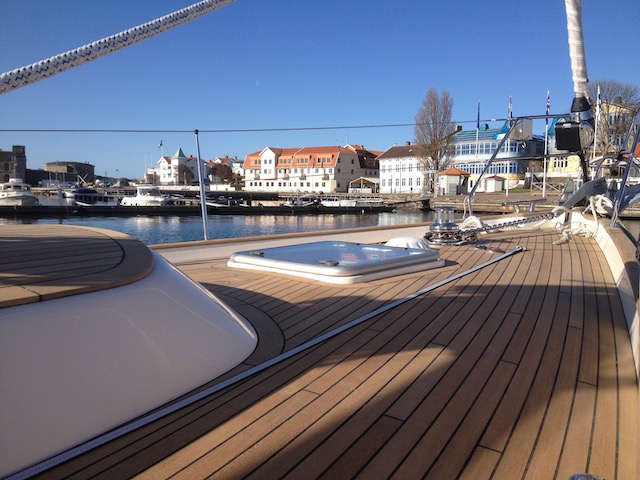
Each cabin on Regina Laska has its own unobstructed escape hatch leading directly to deck level.
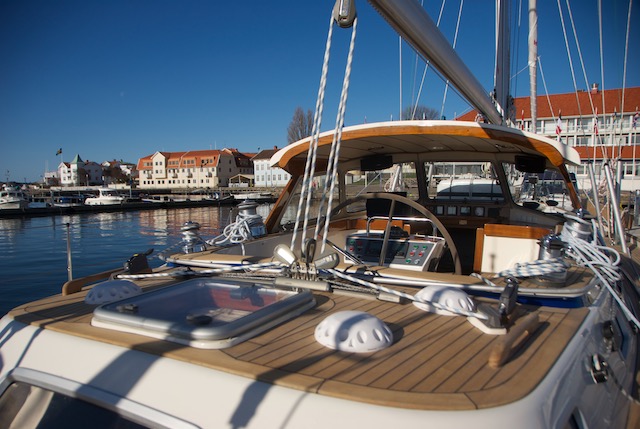
- Conception’s operator provided ineffective oversight of its vessels’ operations, which jeopardized the safety of crew members and passengers.
- Had a safety management system been implemented, the operator could have identified unsafe practices and fire risks on the Conception and taken corrective action before the accident occurred.
I try hard to always be ahead of any potential hazards or unsafe practices. While one never can be 100% proof, it’s important that one is trained and drilled regularly and that the safety management system is constantly checked, examined and improved.
When you charter a boat next time with a skipper: ask if she or he is adequately and regularly trained according to the International Convention on Standards of Training, Certification and Watchkeeping for Seafarers (STCW) by the International Maritime Organisation (IMO), see STCW-95.
And, by all means, do as much training you can! The Reginasailing-family often joins and does courses together, which is great fun!
- Implementing safety management systems on all domestic passenger vessels would further enhance operators’ ability to achieve a higher standard of safety.
Please read here about Regina Laska’s safety management system.
